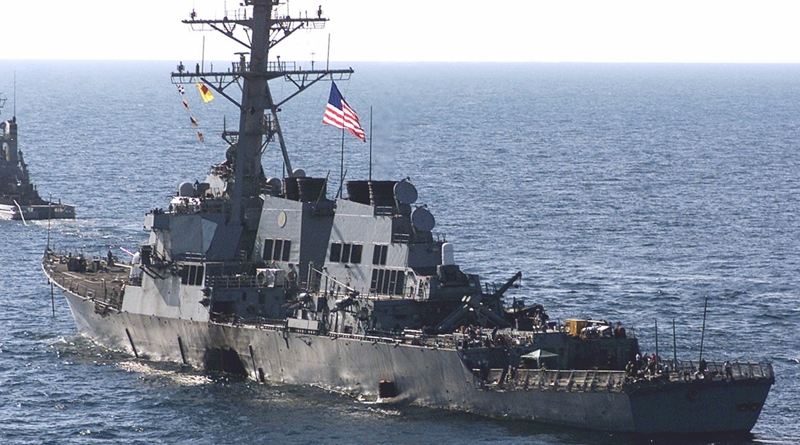A Reliable Security Process: The CARVER Target Analysis and Vulnerability Assessment Methodology
By Luke Bencie, Charlie Froese, & Elizabeth Kemker
On the morning of October 12, 2000, in the harbor of Aden, Yemen, a boat, piloted by two al Qaeda suicide bombers, approached the USS Cole, a United States Navy guided missile destroyer that was docked for refueling. The boat, a small rubber dinghy packed with hundreds of pounds of C4 explosives, steered into the side of the ship and exploded. The blast ripped a massive hole in the hull, wounding 39 sailors and killing 17. With just slightly better execution, the bombers could have sent the ship to the bottom of the harbor, killing hundreds more.
The attack was a significant blow, becoming yet another entry on a growing list of terror-related incidents. The attack raised significant issues concerning security in the time of terrorism, capping off a decade of frustration and failure among military, intelligence, and security organizations that for years had been struggling to understand and respond to the growing threat posed by terror organizations. More specifically, their propensity for relatively simple, but devastating mass-casualty suicide attacks on valuable assets.
Following the attack, an investigation by a Department of Defense special accountability panel found deficiencies in elements of the Cole’s force-protection plan and shortcomings in its security procedures. The decision to dock in Yemen, a known hotbed of radical anti-US sentiment, was questioned, as were the mooring and refueling procedures that...

